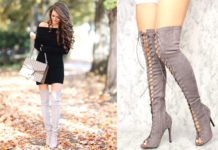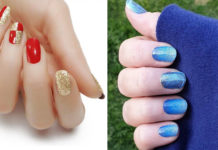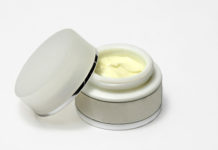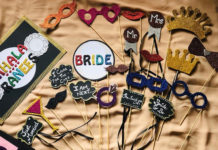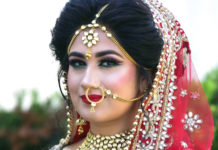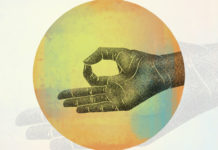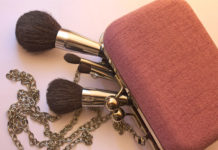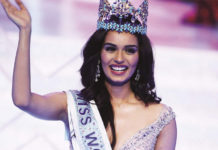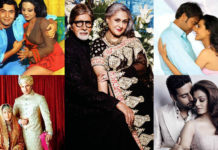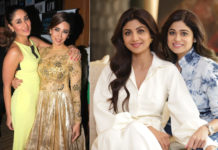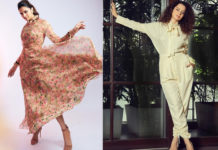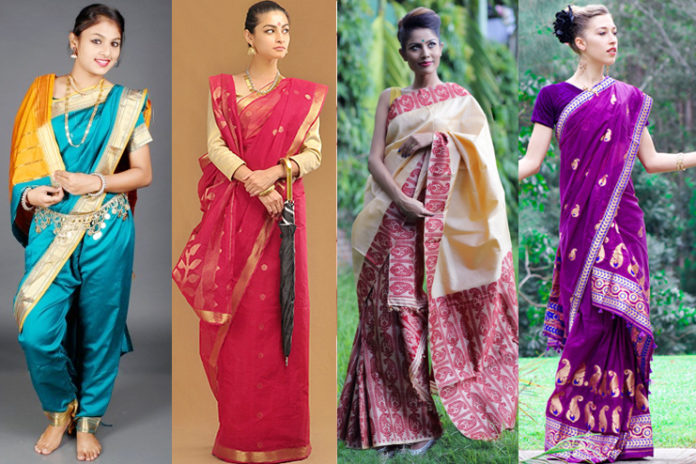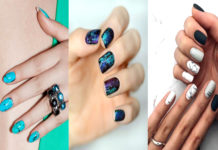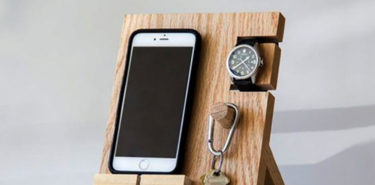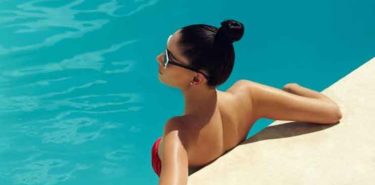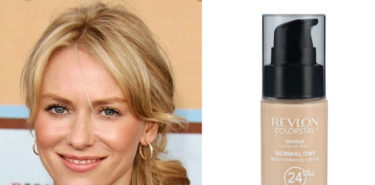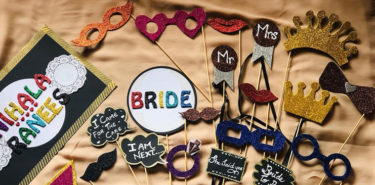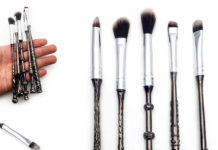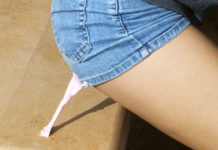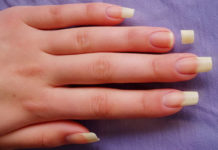Affiliate Disclaimer
Some links in this article are affiliate links. We may earn a small commission if you make a purchase through these links, at no extra cost to you. We only recommend products we find useful to our readersIndia is the continent of many languages as well as cultures. If you go from North to South and East to West, you will come across many numbers of fashion, along with style and language. Just like that, there are different saree style and saree wearing style in every state. Change is the basic truth in the case of fashion trends.
However, one trend that has always hold its ground through out the many centuries is the draping style to wear traditional sarees. A saree is a garment which is a true reflection of a woman’s elegance as well as timelessness, and India is the treasure trove of different varieties of saree.
Every state also boasts of about multiple ways a saree can be draped keeping the sync with needs of a woman in that region. Hence, there is also a wide spectrum of different styles of women from all the strata of society. Here, are 14 different Indian saree draping styles that have inspired many international fashion designers.
How To Wear Saree In Different Style
Here are some different styles of wearing saree as well as diverse saree draping styles that you must know, and start wearing in any fashion show that you want.
1. Athpourey Saree Style From West Bengal
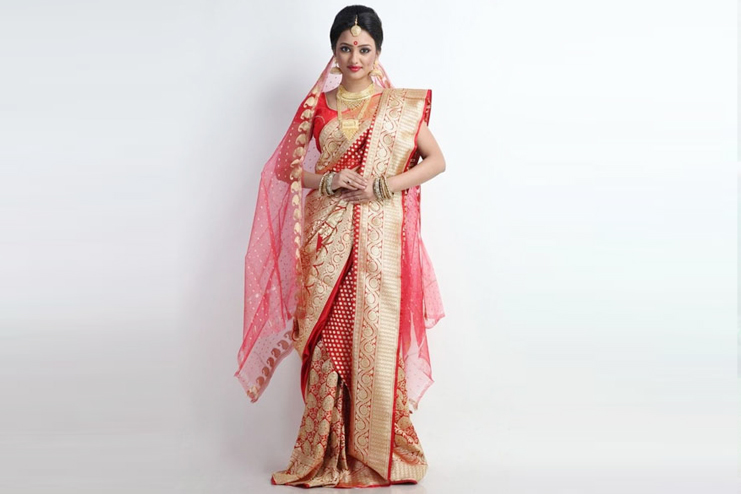
Video:
2. Nivi drape From Andhra Pradesh
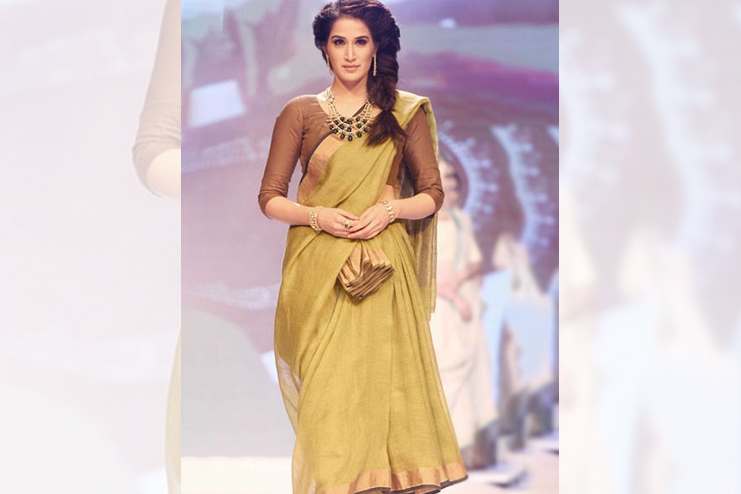
There are also two ways to wear this style – modern nivi as well as kacchanivi. While this modern nivi involve a simple drape with the palla pinned to your shoulder, the kacchanivi involves its pleats to pass through legs and also tucked in the back of waist. This lets the free movement by covering legs.
Tips to consider: You can use a fancy pin to pin pleated pallu. To freshen up the look, try to pair this style with a Nepali blouse also known as Cholo.
3. Kappulu From Andhra Pradesh
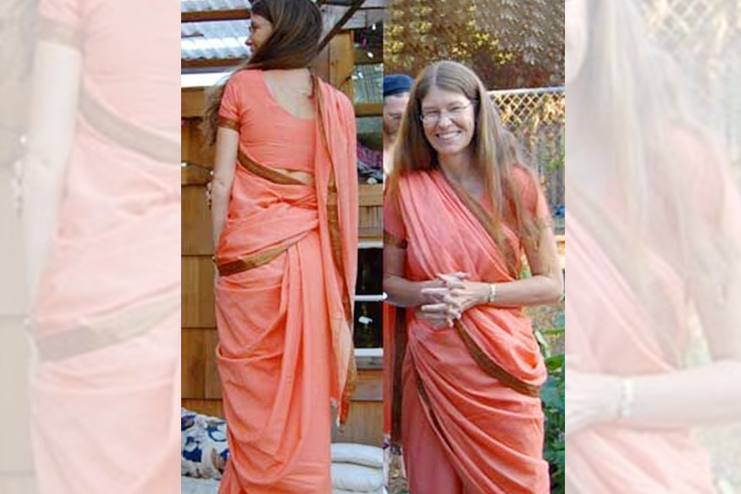
It also have two stand out features, one is narrow pleats at back which also flatter the form and the second is two cascades of cloth that is formed by twisting in the end piece twice around your body. The pallu is thrown over right shoulder and can even hang loose or be pulled to cover both of the shoulders or wrapped around the neck as per the convenience.
4. Mekhela chador From Assam
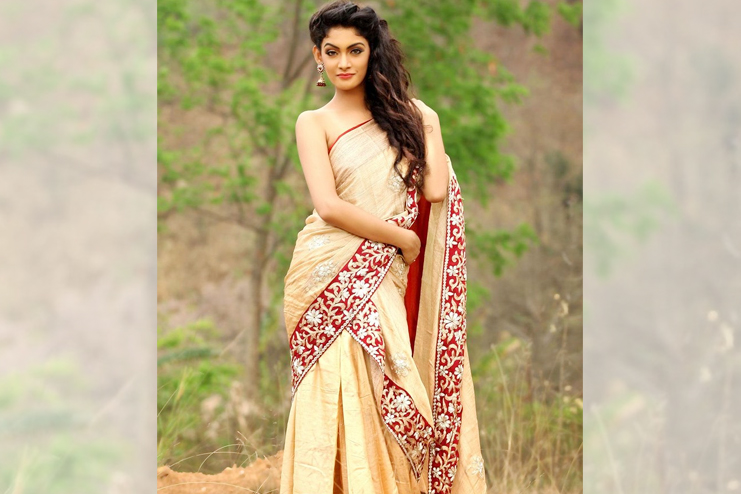
5. Nauvari Saree From Maharashtra
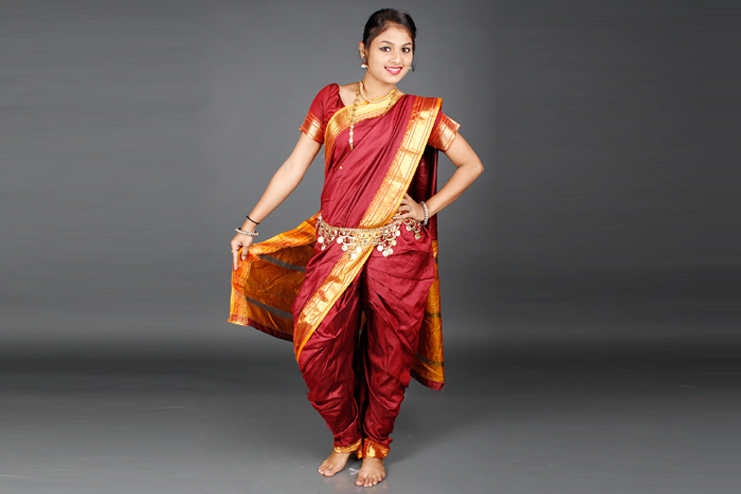
6. Mohiniattam From Kerala
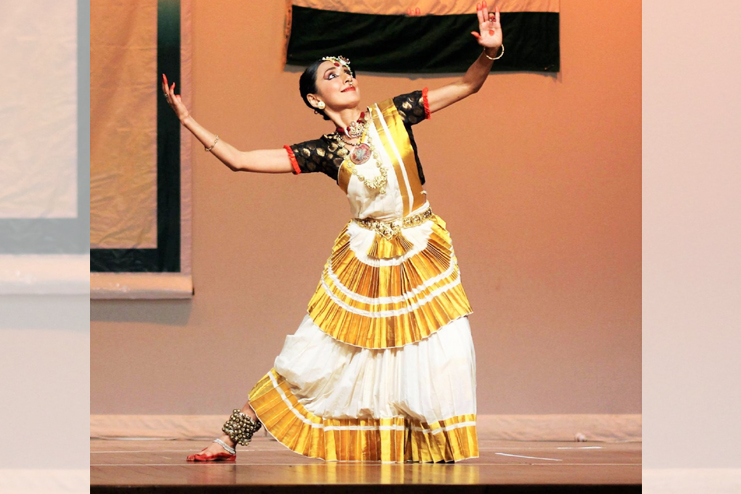
Though the drape also begin like a normal nivi drape, once when the pleats are properly made, they are being twisted around the body and also tucked in the waist from other end instead from the front.
The pleats are then being rolled outwards and then secured by wrapping them with the innermost layer. The lower borders are also being picked at the two extremes and being brought to the waist at back from either side to get tucked inside.
This needs a material like the silk which can easily hold the shape for long hour.
7. Seedha Pallu From Gujarat

8. Surguja From Chhattisgarh
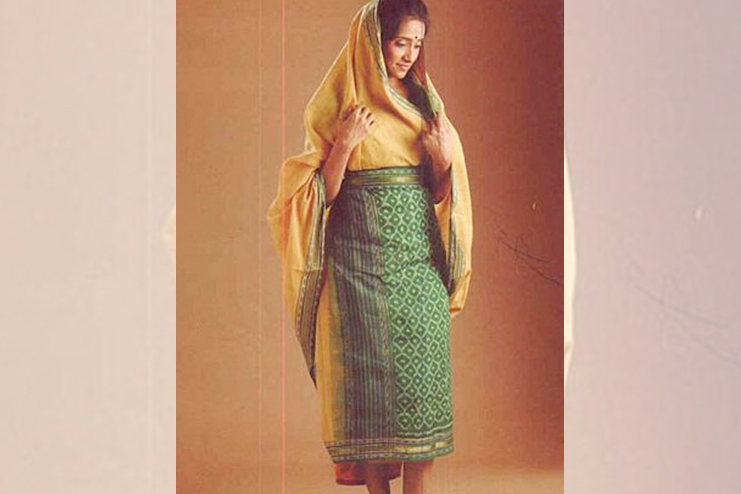
9. Pinkosu From Madurai
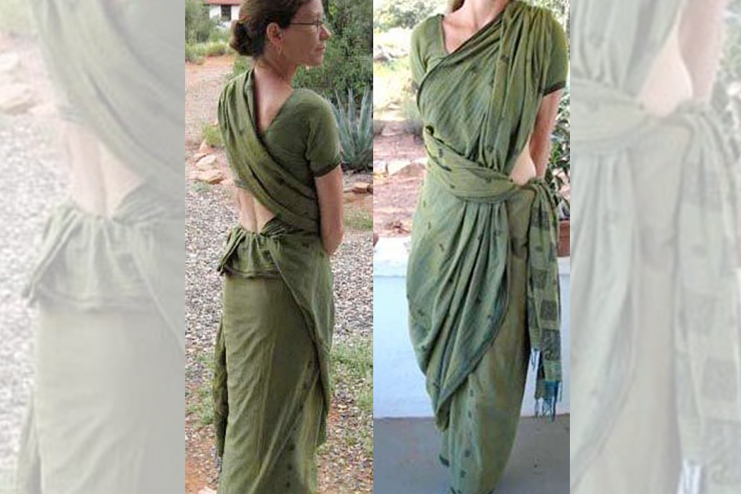
This pleat will then fall towards outside of a wrap unlike the nivi style. Therefore, the underside of a saree will also be showing. For this a saree must be chosen accordingly. A homespun handloom cotton sarees can work very well as they are the most reversible.
10. Bootheyara From Karnataka
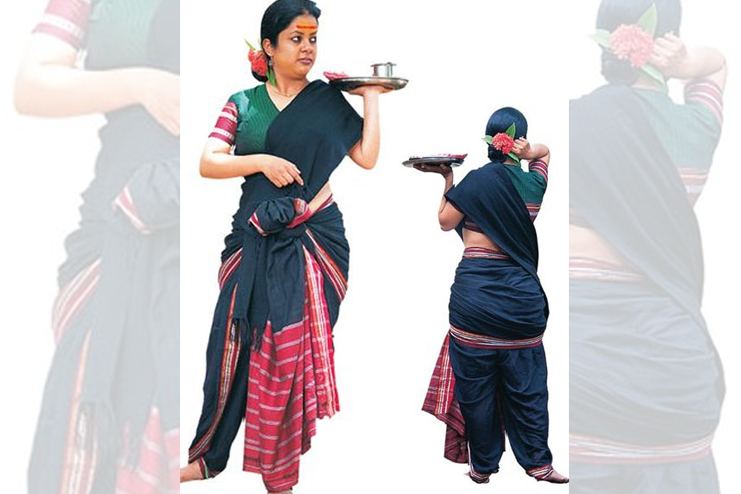
The best saree for this type of style is cotton or a cotton-silk blended saree.
11. Coorgi Style From Karnataka
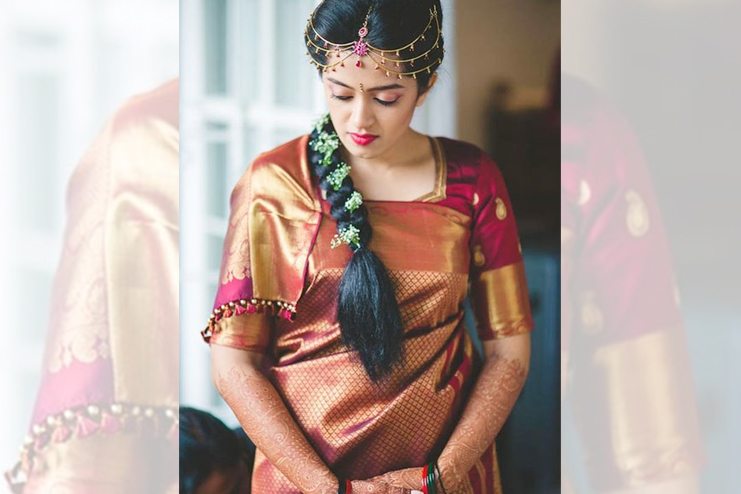
Traditionally, it is being paired with full sleeved blouse, this draping style has the pleats at back. The end of this sari is also brought below from the left shoulder, and is secured over the right shoulder in firm knot called the ‘molakattu’. Now-a-days, the red as well as gold silk kanjeevaram is also being worn in Coorgi style by the brides during a wedding ceremony.
12. Gol sari (Parsi drape)
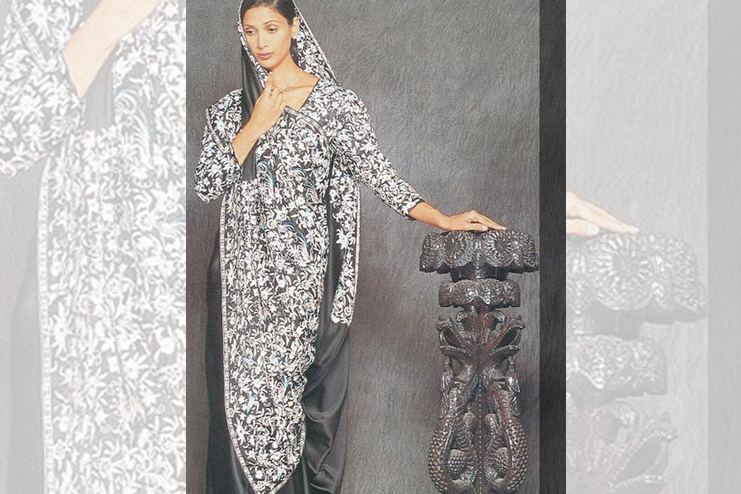
Most of the Parsi women always prefer a very light chiffon or even georgette saree for this type of drape. It is known as a gara, the pallu is being taken from the behind and also draped over a blouse.
It do hang the loose folds over the left shoulder. It is then brought over a right shoulder and folds are splayed out in the front. The pallu front falls close to the hem.
13. Madisaru From Tamil Nadu
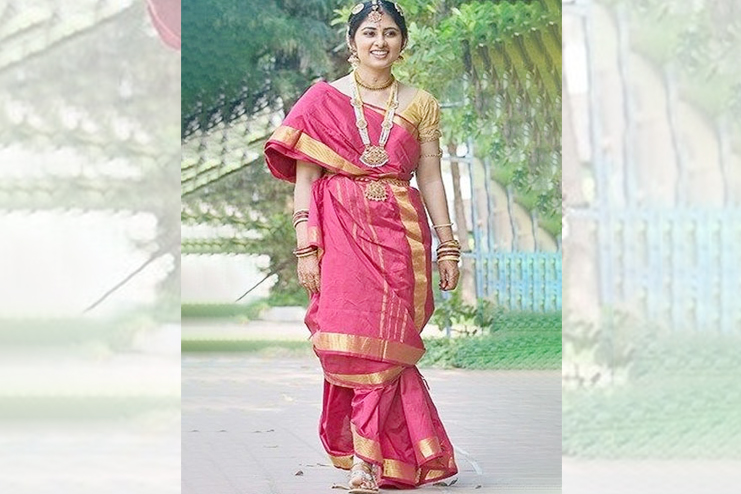
It is considered as one of the most toughest styles to drape, and if worn properly, it do not require the use of a blouse or even a petticoat. It also follows a ardhanareeshwara style of the draping, meaning the half man as well as half woman; the lower half is being draped like a dhoti while the upper half is being pleated just like a saree.
14. Santhal Drape From Jharkhand
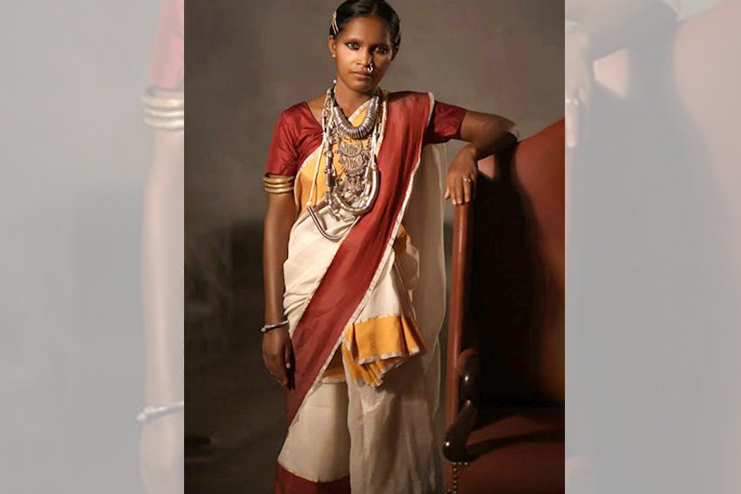
It also have a box pleat at front and the pallu is being pulled over from the left shoulder into a big triangle. The rest of this pallu is also tucked into the front. This style is also incredibly simple as well as free, just like a lifestyle and thought a process of a santhali people.

